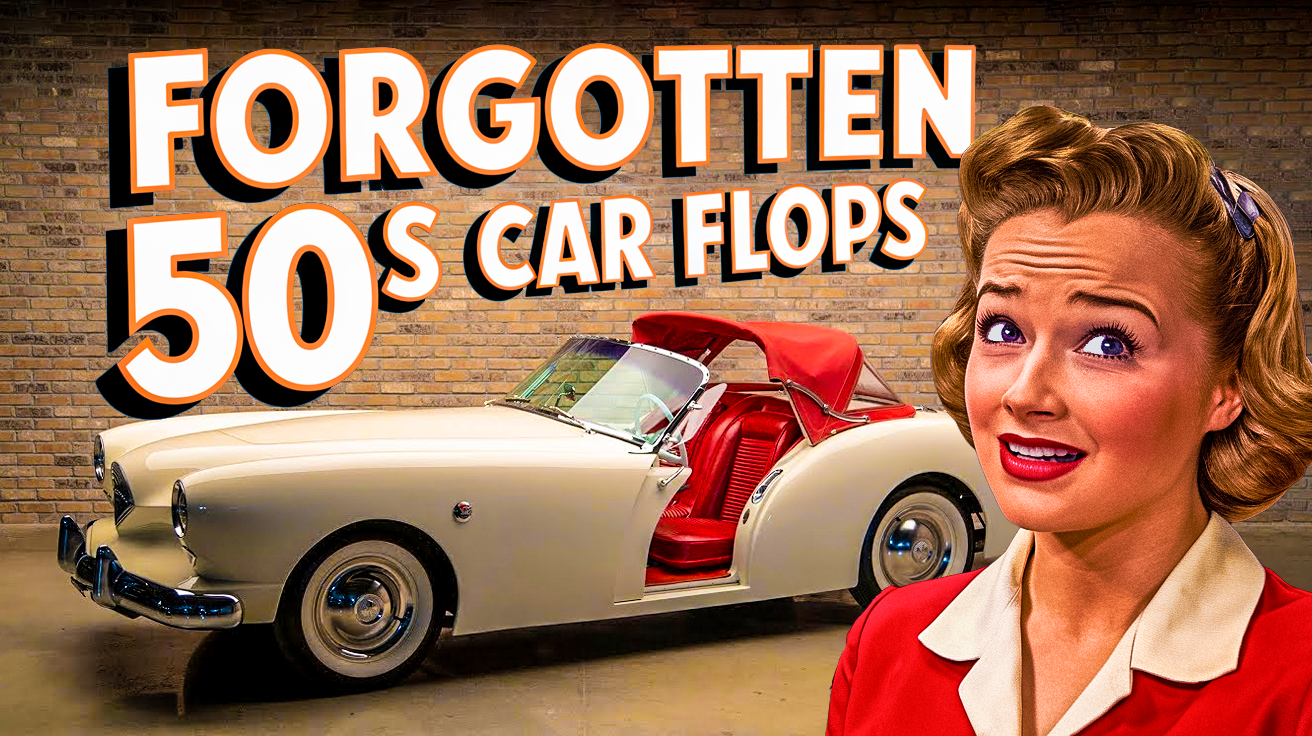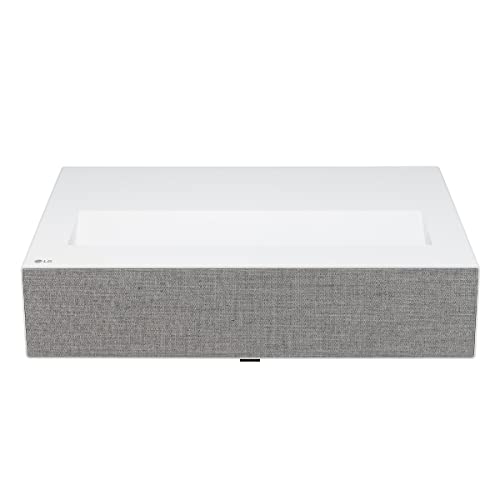Shiny chrome, tail fins, and whitewalls – the 1950s brought us some of Detroit’s most stunning achievements. But lurking in those same showrooms were cars that were doomed to miss the mark – either because they were here too early, too late, or just didn’t find a niche to settle into. From sparse dealer networks that made getting service difficult, to body panels and hoods that warped and cracked under normal driving conditions, these 13 cars represent the dark side of America’s golden automotive age.
13. 1950 Crosley Hot Shot (Exterior)
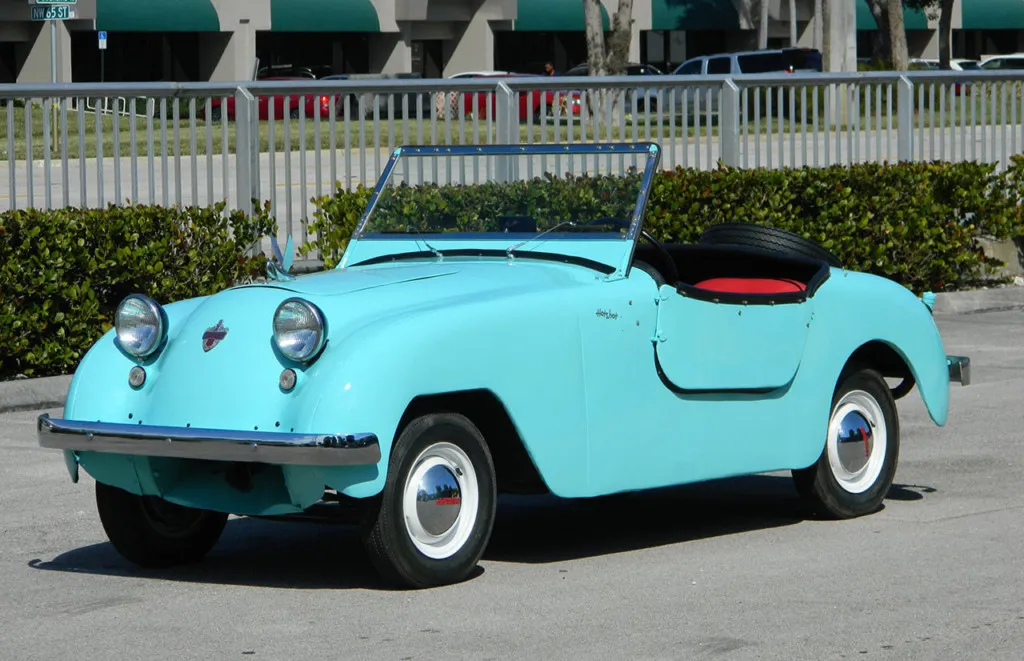
The 1950 Crosley Hot Shot’s attempt at pioneering postwar American sports cars resulted in a compromised design that fell short of its aspirations. Its diminutive stature and rounded styling elements projected an air of inadequacy rather than innovation. The simplified front end appeared unfinished, while the truncated rear suggested cost-cutting rather than purposeful design. Though marketed as nimble, its undersized proportions created safety concerns when sharing roads with full-sized vehicles.
1950 Crosley Hot Shot (Interior)
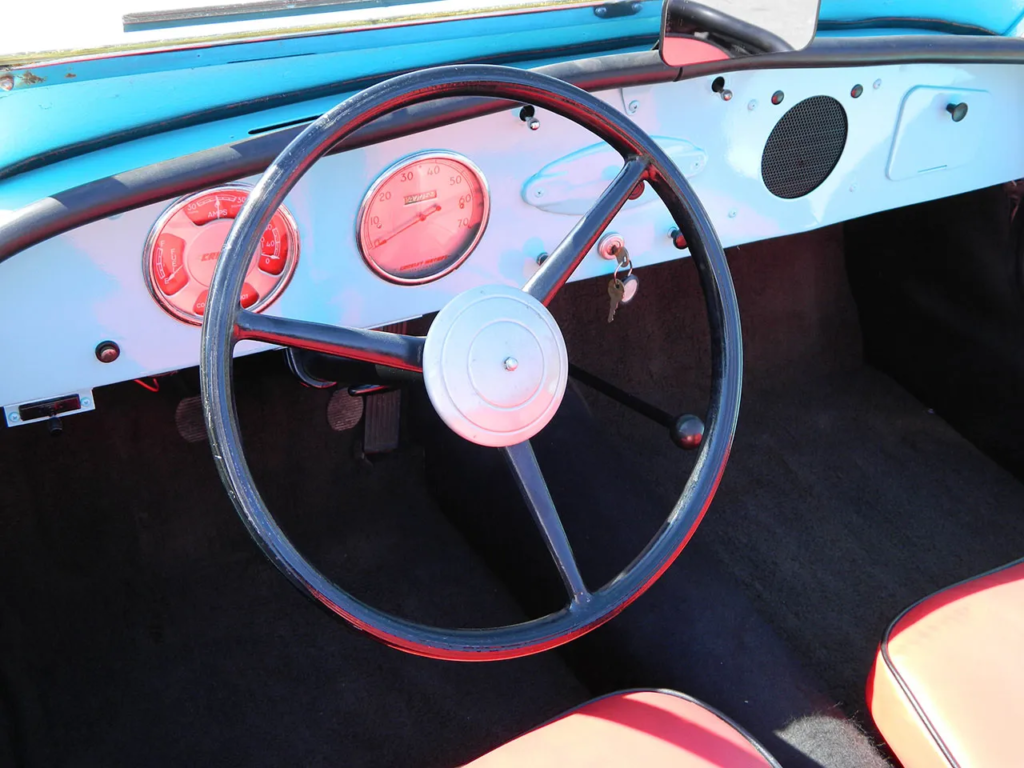
The Hot Shot’s cabin revealed Crosley’s fundamental misunderstanding of sports car essentials. The dashboard’s primitive layout and minimal instrumentation hampered driver engagement. Uncomfortable seating positions and inadequate padding, meanwhile, turned spirited driving into an endurance test.
12. 1953 Willys Aero (Exterior)
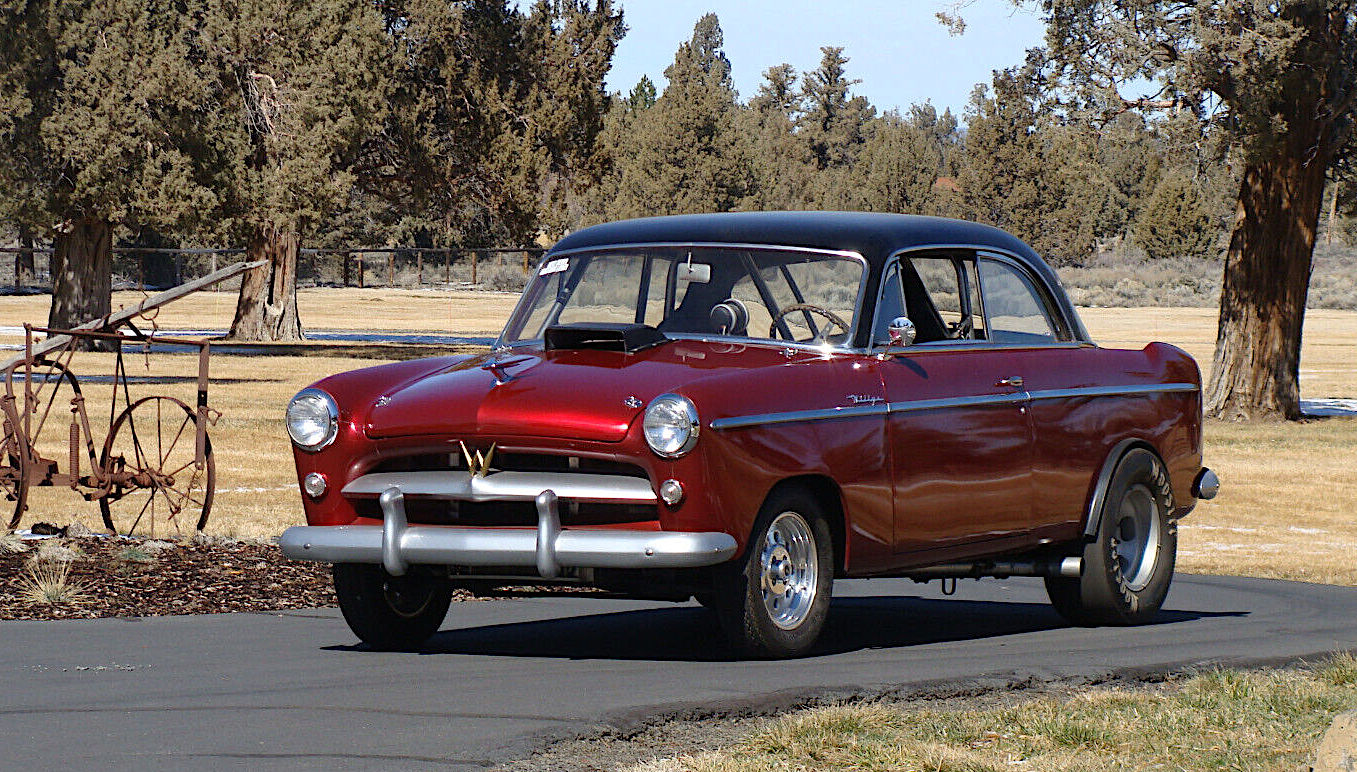
The 1953 Willys Aero failed to attract buyers who saw through its military-contractor origins. Sales staff couldn’t explain why customers should choose the Aero over established brands like Ford and Chevrolet. The Uni-Body construction, while innovative, wasn’t enough to keep the car afloat. Dealership networks remained sparse, leaving many owners without reliable service options. The car’s identity crisis – neither luxury nor economy – doomed it in a market that demanded clear product positioning.
1953 Willys Aero (Interior)
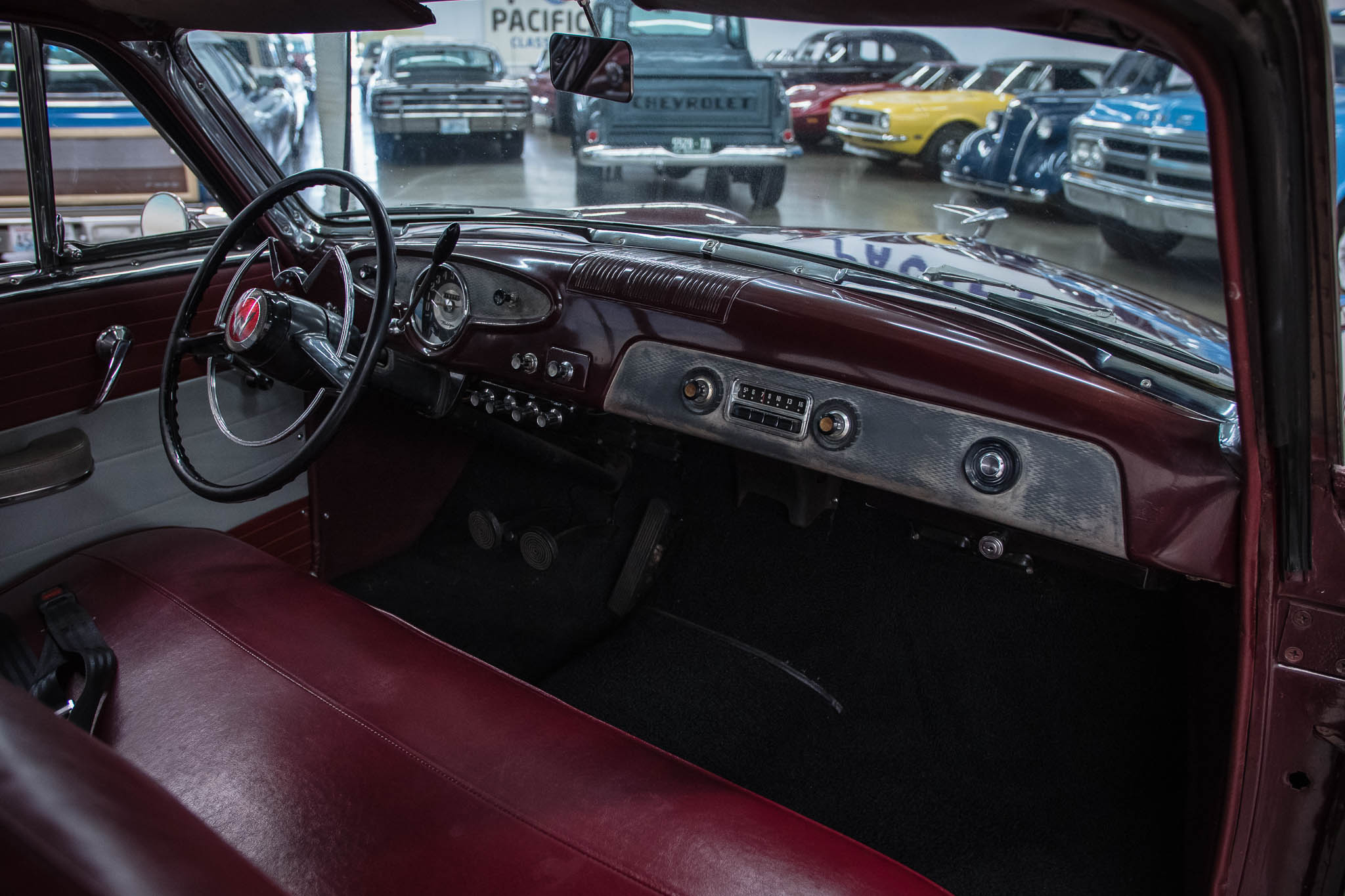
The 1953 Willys Aero interior betrayed its military origins with stark, utilitarian design choices. Hard plastic surfaces dominated the dashboard where competitors used soft-touch materials or metal accents. The front bench seat lacked adequate padding for long drives, while the steering wheel sat at an awkward bus-like angle. The heater struggled to warm the cabin in cold weather due to poor insulation.
11. 1954 Hudson Jet (Exterior)

The 1954 Hudson Jet represents one of the most costly mistakes in automotive history. The compact car’s high price tag matched full-size models from competitors, baffling potential customers. Hudson dealers openly criticized its awkward styling, especially the bulbous rear end that looked out of place in the chrome-laden fifties. The step-down chassis made entry and exit difficult for women in skirts – a major market segment in the 1950s. The Jet’s development costs severely depleted Hudson’s finances, contributing to the company’s merger with Nash-Kelvinator. Owners reported frequent transmission failures, further damaging the car’s reputation.
1954 Hudson Jet (Interior)

The 1954 Hudson Jet’s interior dimensions puzzled buyers with its contradictions. The step-down design that helped handling also made entry and exit an awkward affair, especially in tight parking spaces. Hudson’s choice of flimsy seat upholstery materials showed wear within months of purchase. The instrument cluster placed important gauges in shadowed positions, making them difficult to read while driving.
10. 1956 Renault Dauphine (Exterior)
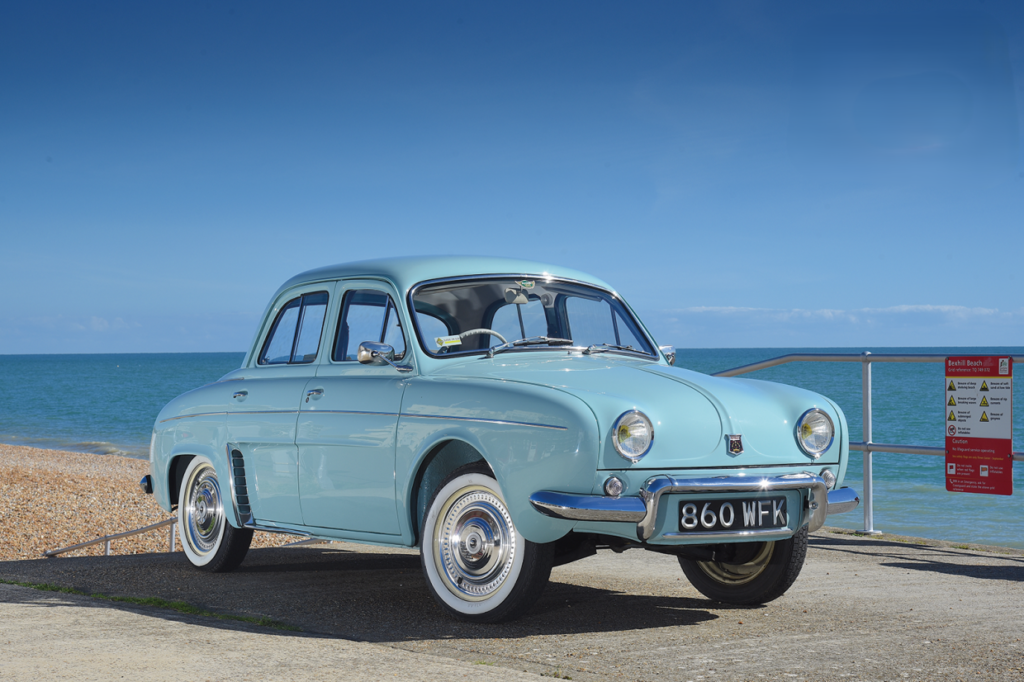
The 1956 Renault Dauphine earned the nickname “Deadphine” from American mechanics. Its rear-engine design created dangerous handling characteristics in wet or icy conditions – a serious issue in northern states. The tiny 32-horsepower engine took 32 seconds to reach 60 mph, making it hazardous on the new interstate highway system. Rust could appear within months of purchase, even in dry climates. The heating system proved inadequate for American winters, and parts availability frustrated both dealers and owners. The Dauphine’s failures soured many Americans on imported cars for years.
1956 Renault Dauphine (Interior)
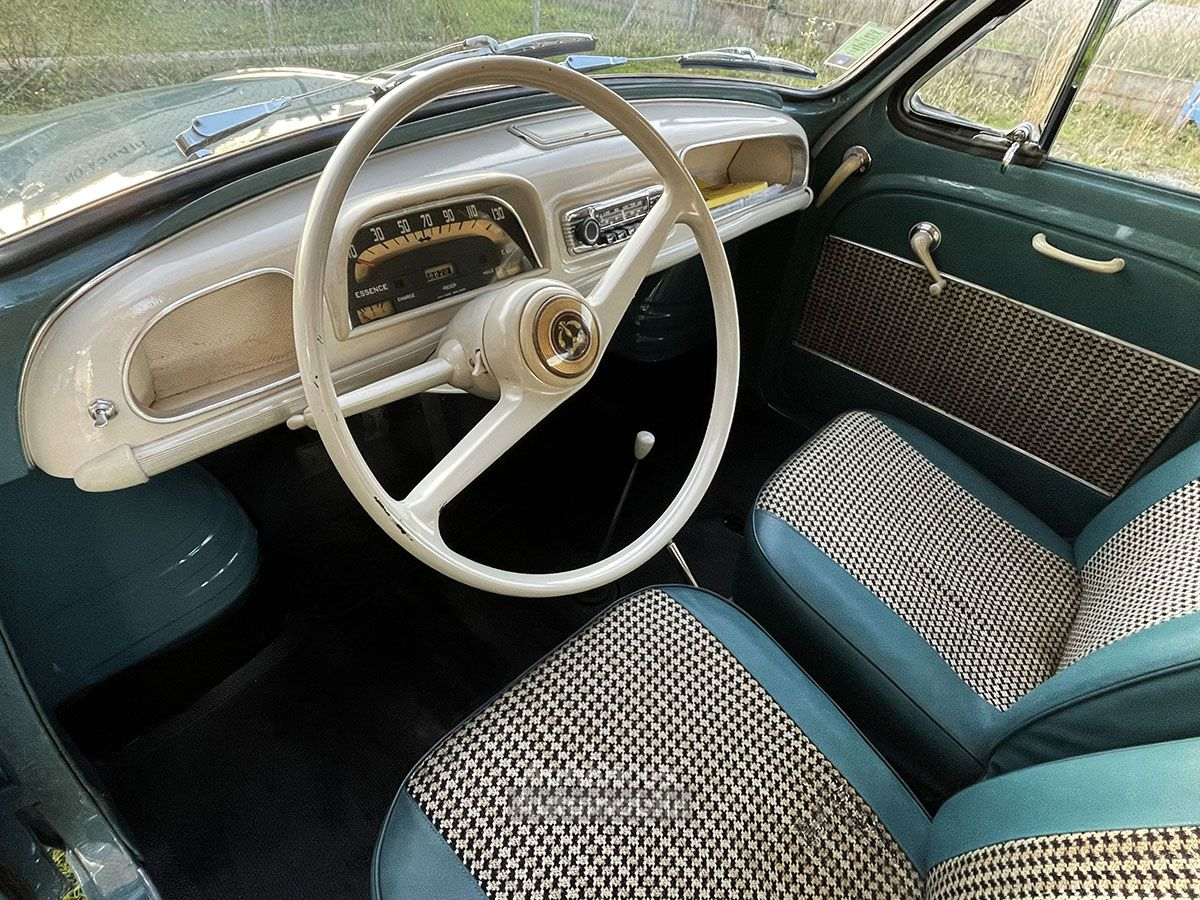
The 1956 Renault Dauphine’s interior reflected European minimalism that American buyers didn’t appreciate. The heater controls operated backward compared to American cars, confusing drivers in cold weather. Front seat legroom proved adequate only for shorter drivers, while the rear seat offered minimal knee room. The plastic dashboard warped noticeably in hot weather, creating persistent rattles.
9. 1956 Studebaker Golden Hawk (Exterior)

Studebaker’s final grasp at market relevance produced the 1956 Studebaker Golden Hawk, a vehicle that betrayed its dated engineering with superficial styling updates. The fiberglass hood bulge served as an inelegant solution to engine clearance problems, prone to cracking and warping. Excessive tail fins created dangerous lift at highway speeds while complicating routine maintenance. The oversized chrome grille masked cooling inadequacies, and the twin hood scoops provided more noise than functional airflow. The chrome trim on the trunk lid deteriorated quickly, leaving unsightly corrosion beneath its bold badging.
1956 Studebaker Golden Hawk (Interior)
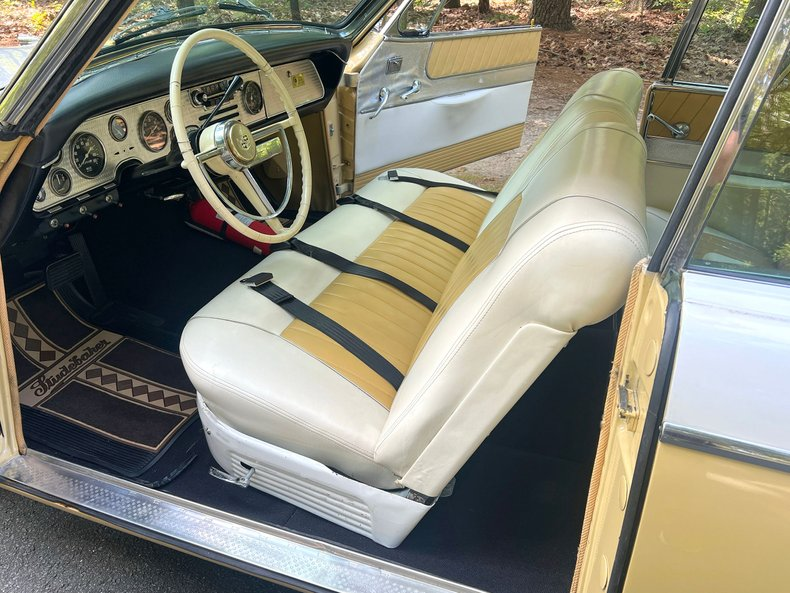
The Golden Hawk’s cabin exemplified Studebaker’s confusion between luxury and performance objectives. Engine-turned aluminum panels proved difficult to keep clean and showed scratches easily, while vinyl upholstery failed to match contemporary luxury standards. The three-tone color schemes aged poorly, fading unevenly with sun exposure. The wraparound windshield distorted vision at the edges and leaked in heavy rain. The cockpit-style dashboard, while attractive, placed critical controls in awkward positions, and the padded armrests deteriorated quickly under regular use.
8. 1957 Mercury Turnpike Cruiser (Exterior)
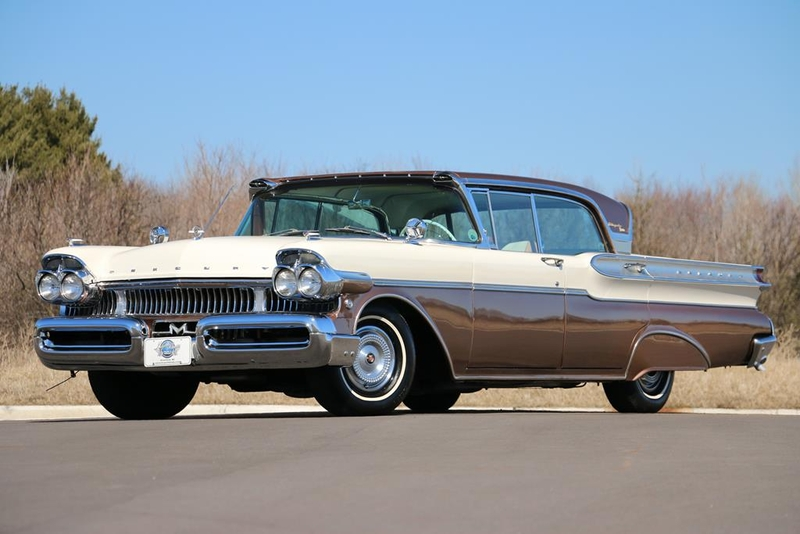
Mercury’s technological overreach manifested in the 1957 Mercury Turnpike Cruiser, a vehicle drowning in complex features that masked fundamental design flaws. The “Breezeway” rear window mechanism proved unreliable, frequently failing and creating expensive repair bills. Excessive chrome trim on the oversized grille added unnecessary weight, while the decorative “wind splits” served no practical purpose beyond collecting rust. The illuminated side scripts drained the electrical system, often shorting out in wet weather. The reverse-slant rear window’s complex power mechanism was commonly jammed, leaving passengers exposed to the elements.
1957 Mercury Turnpike Cruiser (Interior)

The cabin showcased Mercury’s misplaced priorities through a collection of problematic features. The “Monitor Control Panel” frequently malfunctioned, its average-speed computer providing inaccurate readings. The “seat-o-matic” memory system proved unreliable, often trapping occupants in uncomfortable positions. Poor-quality leather and vinyl upholstery showed wear prematurely, while the split bench design compromised structural integrity. The “Fresh-Flo” ventilation system’s roof-mounted intakes leaked during rain and channeled exhaust fumes into the cabin at low speeds.
7. 1958 Edsel Corsair (Exterior)
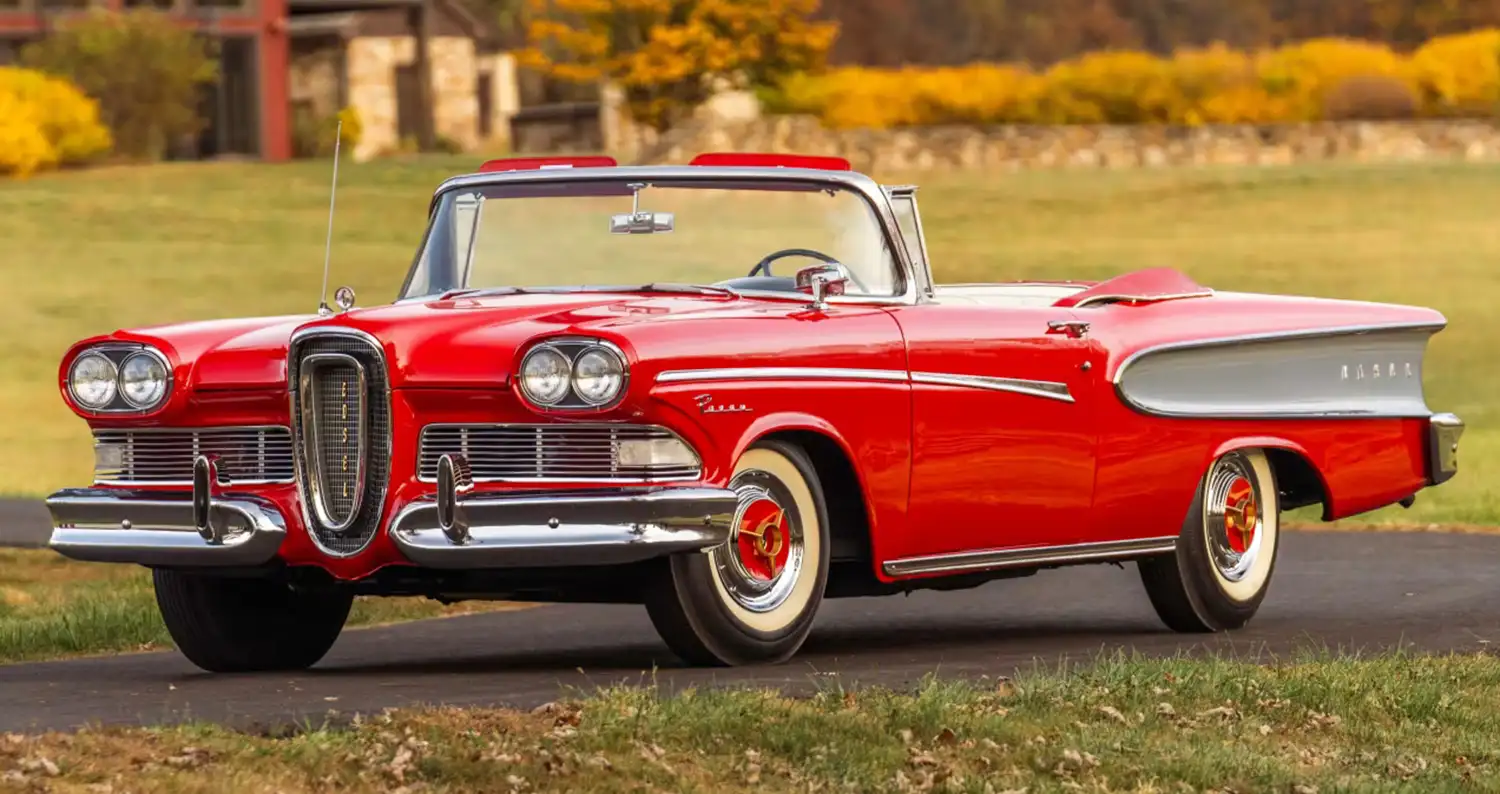
Ford’s ill-fated venture into brand expansion produced the 1958 Edsel Corsair, a vehicle whose design miscalculations began with its infamous vertical grille. The controversial “horse collar” front end resembled anatomical features that made the car a public laughingstock. Dual headlights emphasized the awkward front-end proportions, while the excessive scalloped trim attracted rust in vulnerable body seams. The boomerang taillights proved expensive to replace and frequently leaked water into the trunk. Thin roof pillars and wraparound glass created dangerous blind spots and persistent water leaks.
1958 Edsel Corsair (Interior)

The Corsair’s cabin highlighted Ford’s misguided attempt at innovation. The “Teletouch” transmission selector proved dangerously unreliable, often failing mid-journey and leaving drivers stranded. Clustering critical controls in the steering wheel hub created confusion and safety hazards. The rolling-drum speedometer’s complex mechanism frequently failed, providing inaccurate readings. Despite claims of six-passenger comfort, the vinyl bench seats deteriorated quickly, revealing poor underlying materials that sagged with regular use.
6. 1955 Dodge La Femme (Exterior)
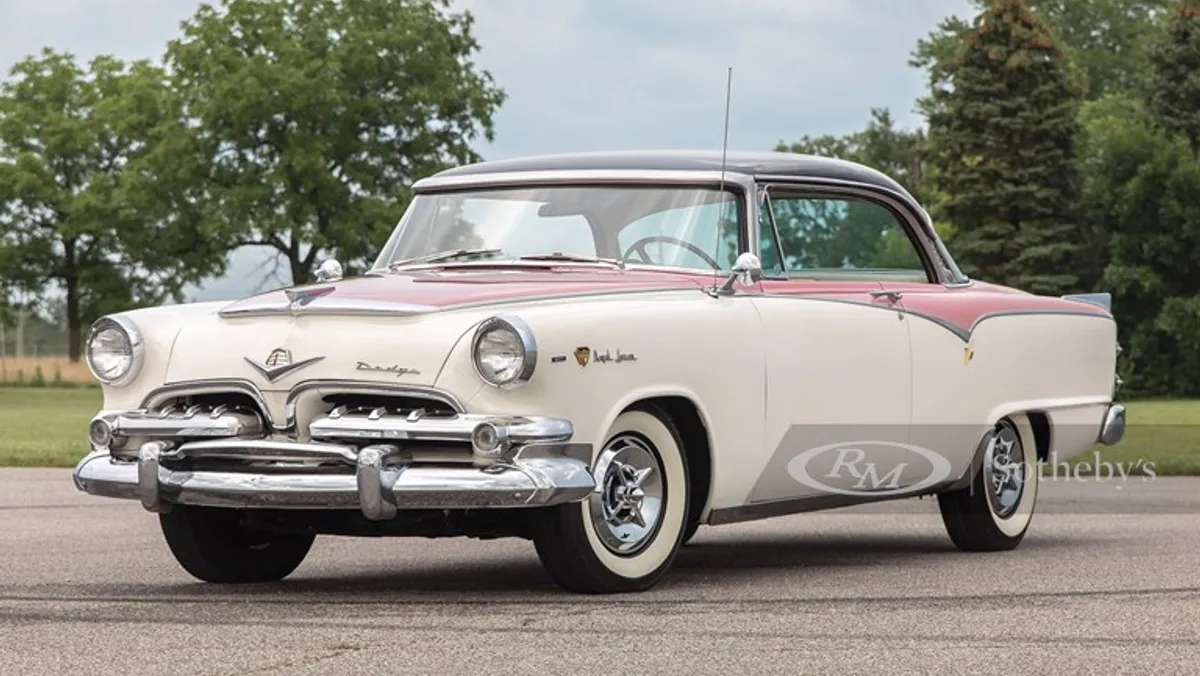
The 1955 Dodge La Femme insulted its target market with patronizing marketing and impractical design choices. Women buyers rejected the assumption that pink upholstery and matching accessories would overcome the car’s mechanical shortcomings. The special trim pieces aged poorly, with the “Jacquard” fabric showing wear within months. Dodge dealers struggled to sell such a narrowly targeted model in conservative 1950s America. The included accessories took up valuable storage space, and the special paint colors made matching touch-ups nearly impossible. Most La Femmes ended up being sold to male buyers at steep discounts.
1959 Dodge La Femme (Interior)
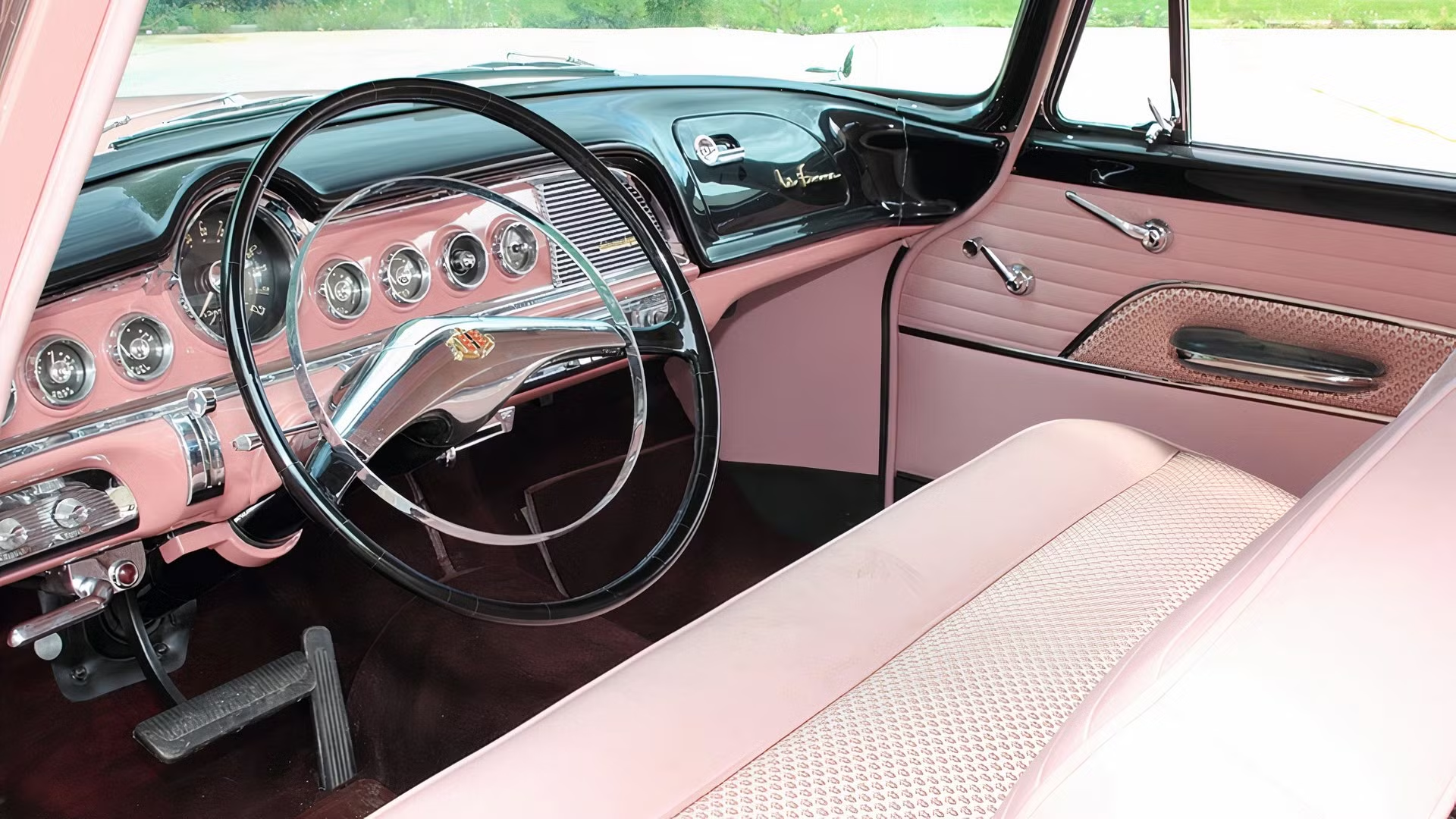
The 1955 Dodge La Femme’s interior choices now read like a parody of 1950s marketing to women. The special “Jacquard” fabric seats stained easily and showed wear patterns within months. Storage compartments for the matching accessories reduced useable trunk space significantly. The pink-and-white color scheme extended to every surface, creating eye strain on sunny days. Dodge used cheaper vinyl on touch points that quickly developed unsightly cracks and peeling.
5. 1954 Kaiser Darrin (Exterior)
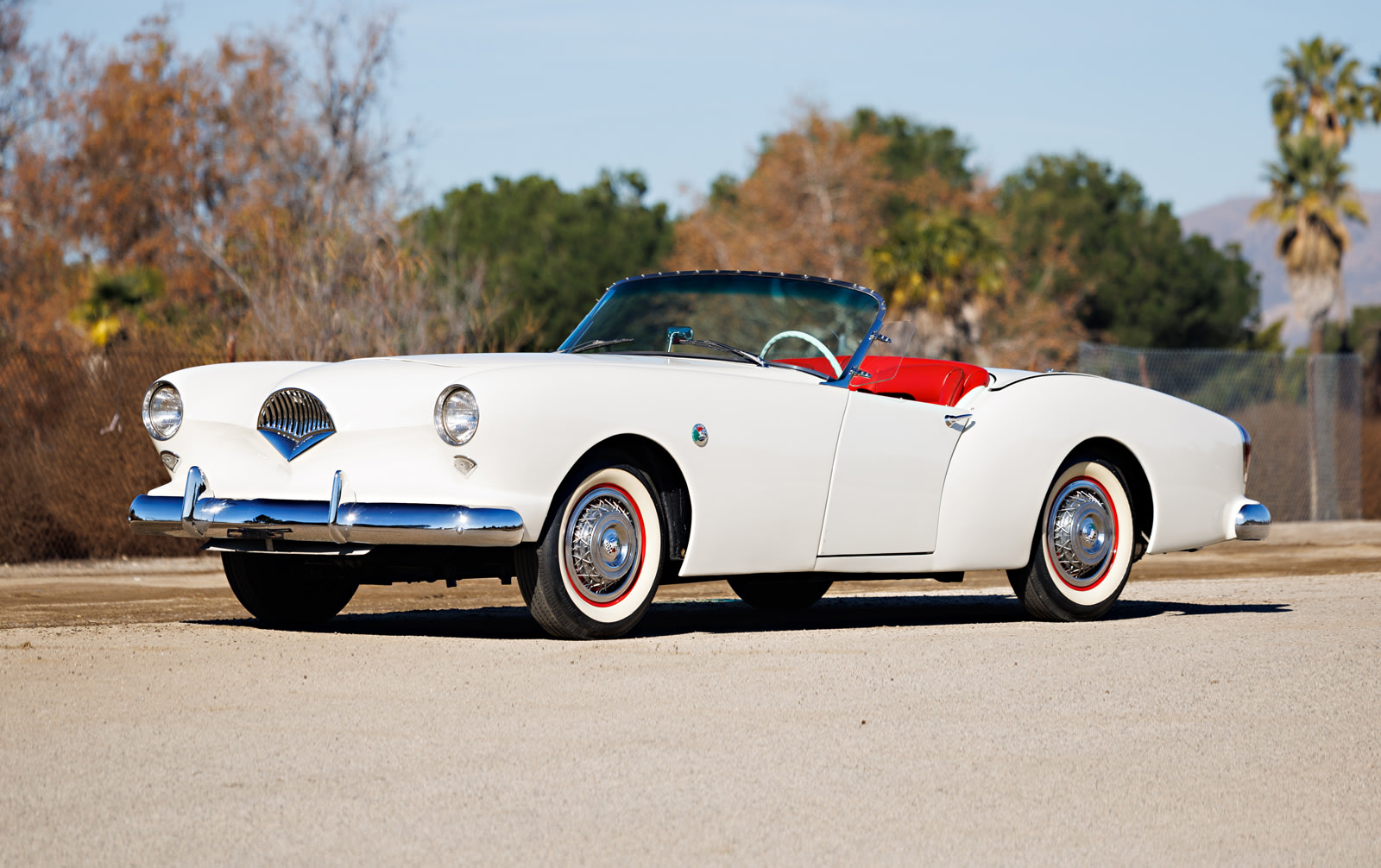
Kaiser’s ambitious foray into sports car design yielded the 1954 Kaiser Darren, a vehicle handicapped by its experimental features. The pioneering fiberglass body panels proved brittle and prone to stress cracks, while the sliding pocket doors frequently jammed in their tracks, sometimes trapping occupants inside. The low-mounted grille restricted cooling airflow, leading to frequent overheating. The sloping hood and raised fenders created significant blind spots, while the folding windshield mechanism leaked consistently and often failed to seal properly when raised.
1954 Kaiser Darren (Interior)
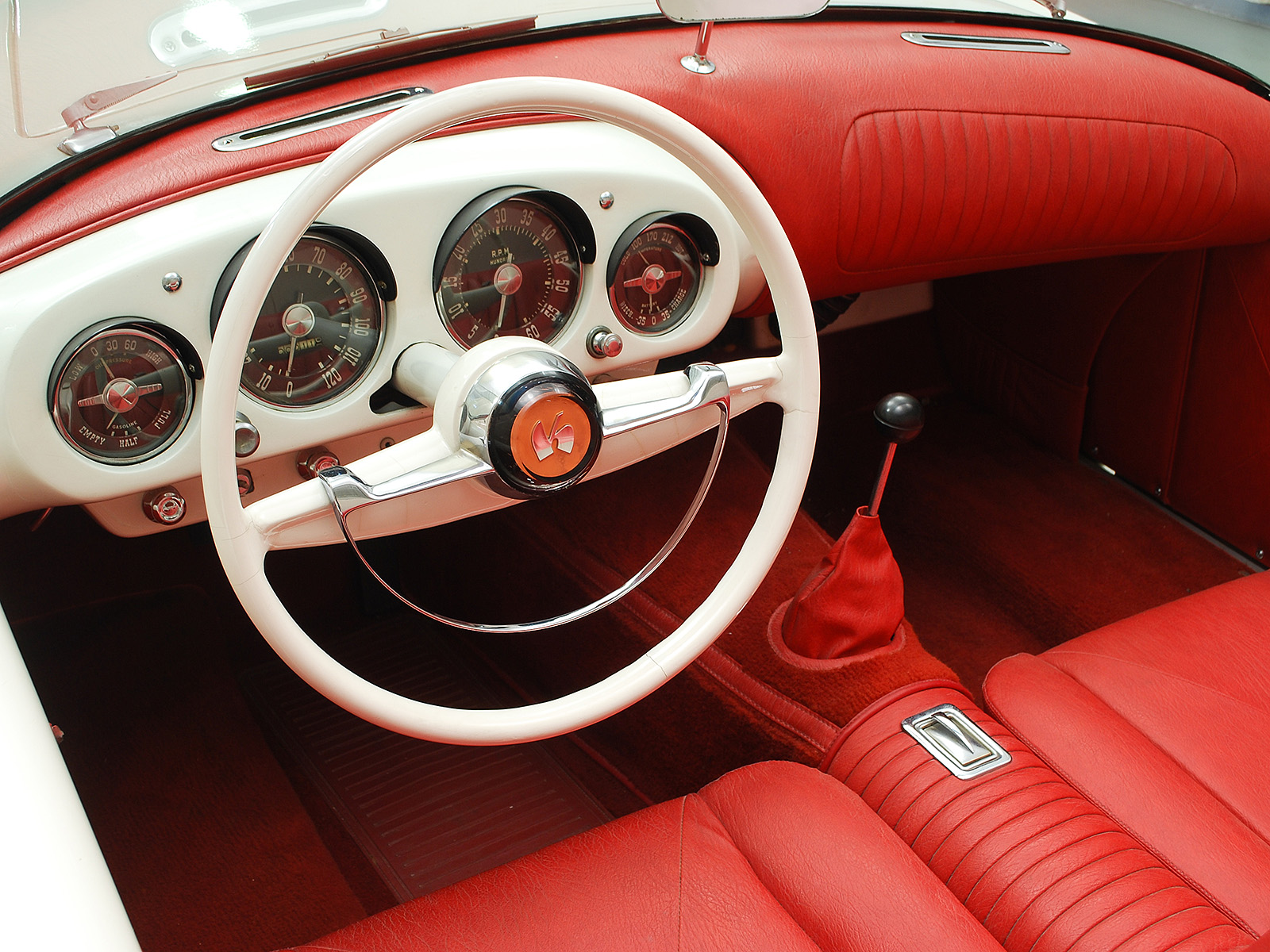
The Darrin’s cabin exemplified form over function, creating numerous practical limitations. The three-position landau top mechanism proved unreliable and prone to failure, while the vinyl bucket seats cracked and split under regular use. Stewart-Warner instruments, while attractive, frequently provided inaccurate readings and proved difficult to service. The cramped two-seat cockpit forced awkward entry and exit movements, while the floor-mounted shifter’s positioning caused frequent driver discomfort. Storage space was virtually nonexistent, sacrificed to accommodate the problematic door and top mechanisms.
4. 1957 Dodge Coronet (Exterior)
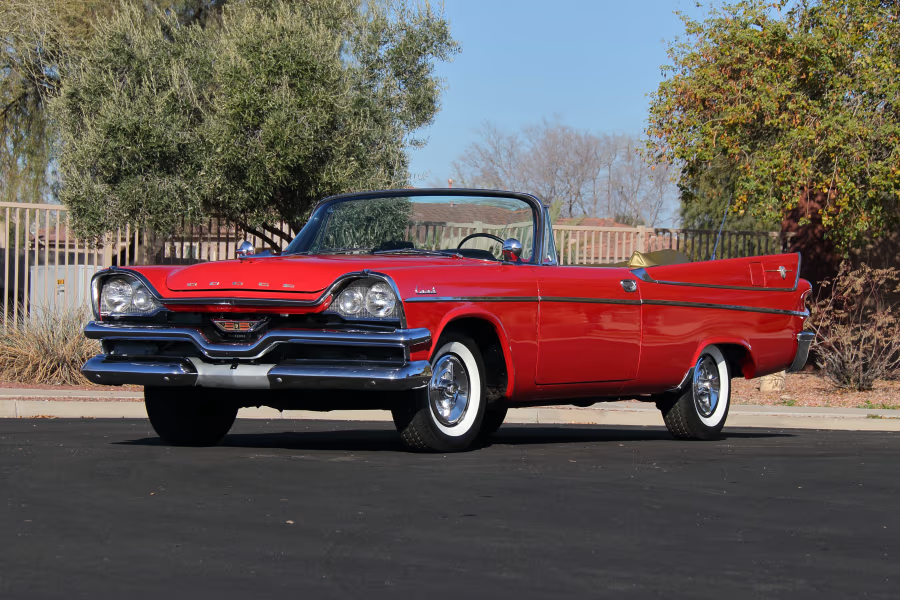
Dodge’s desperate embrace of Virgil Exner’s Forward Look styling produced the 1957 Dodge Coronet, a vehicle that prioritized trends over durability. The exaggerated tail fins proved structurally problematic, collecting water and accelerating rust formation. Anodized aluminum side spears delaminated quickly, creating unsightly streaks along the body panels. The oversized front bumper added unnecessary weight, while the hooded quad headlamps suffered from poor sealing and frequent moisture intrusion. The thin-pillared hardtop design compromised structural integrity, leading to squeaks and rattles that plagued owners.
1957 Dodge Coronet (Interior)
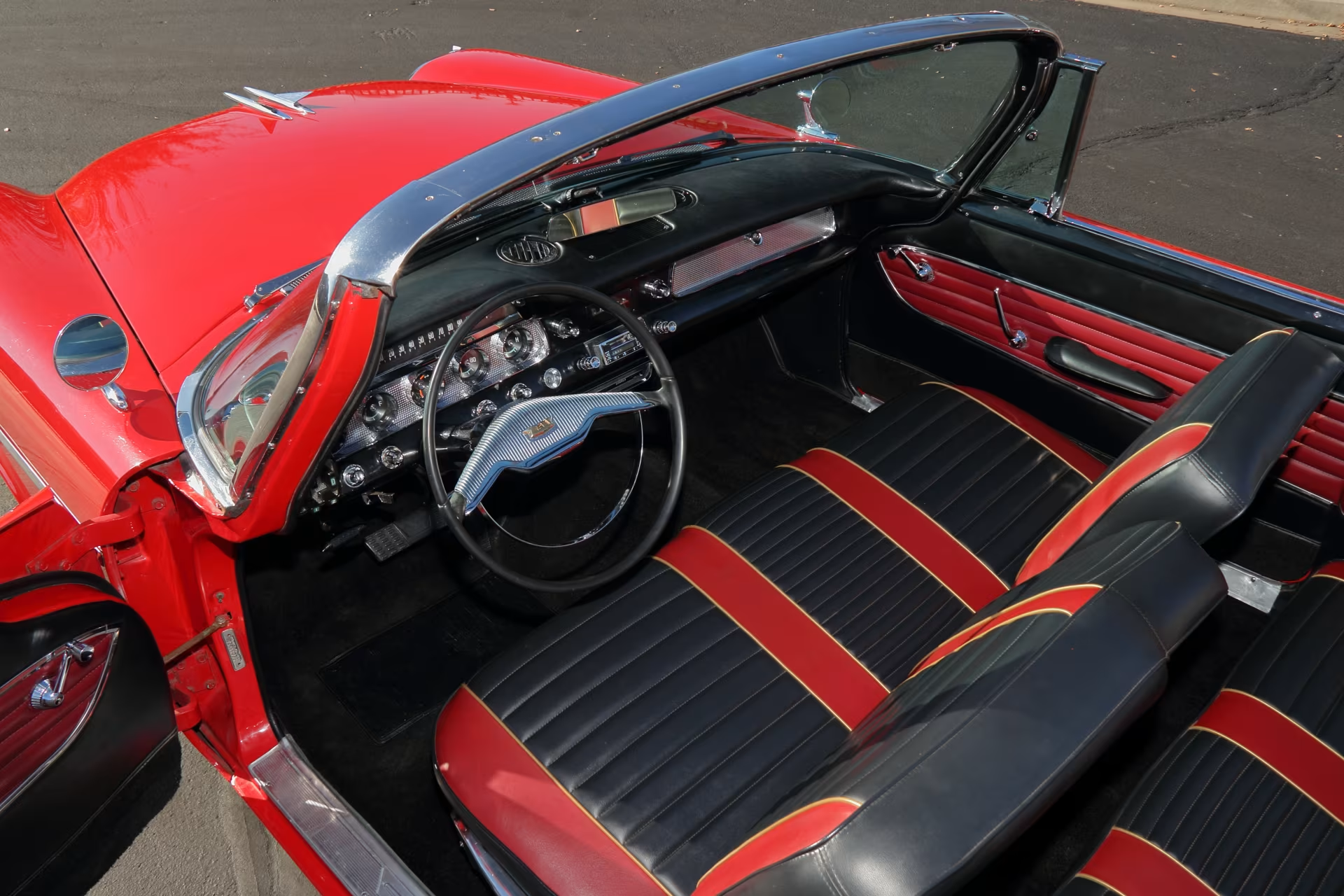
The Coronet’s cabin revealed Dodge’s fundamental misunderstanding of practical design. The troublesome push-button transmission controls frequently failed, leaving drivers stranded with costly repairs. Circular gauges in the padded housing proved difficult to read in daylight and developed condensation issues. The bench seats, while accommodating six passengers in theory, provided inadequate support and wore quickly at stress points. The vertical spare tire mount wasted valuable trunk space and complicated access to stored items, proving difficult to remove in roadside emergencies.
3. 1957 Rambler Rebel (Exterior)

The 1957 Rambler Rebel arrived with the distinction of being America’s first muscle car, but mechanical problems quickly tarnished that honor. The electronic fuel injection system, pioneered for the Rebel’s 327 V8 engine, proved so unreliable that AMC dealers replaced most units with traditional carburetors. Hot starting problems plagued the Rebel throughout its production run, leaving owners stranded in parking lots on warm days. The car’s unit construction, while advanced for 1957, created squeaks and rattles that drove owners crazy. AMC rushed the Rebel to market before adequate testing, and warranty claims piled up quickly. Fewer than 1,500 Rebels found buyers in its single year of production, many of them later converted to standard carburetors.
1957 Rambler Rebel (Interior)
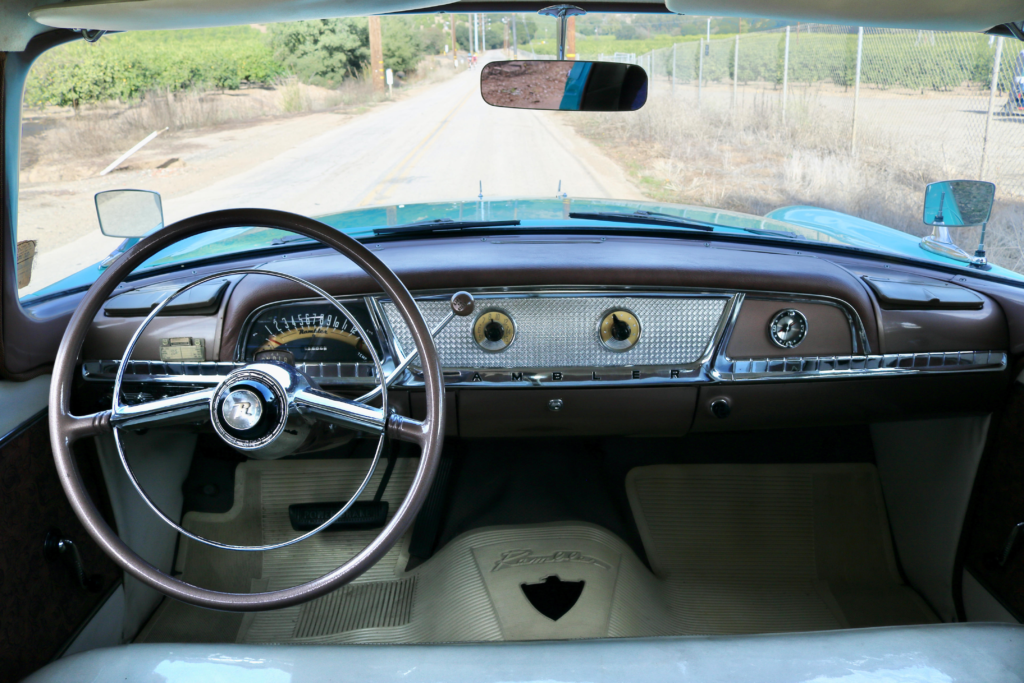
The 1957 Rambler Rebel interior emphasized performance over comfort or practicality. The bench seat offered minimal lateral support. AMC’s choice of interior materials created persistent squeaks due to the unibody construction. The tachometer’s position made it difficult to read during acceleration. The rear seat upholstery attachment points often failed, creating embarrassing sags visible through the windows.
2. 1950 Nash Airflyte (Exterior)
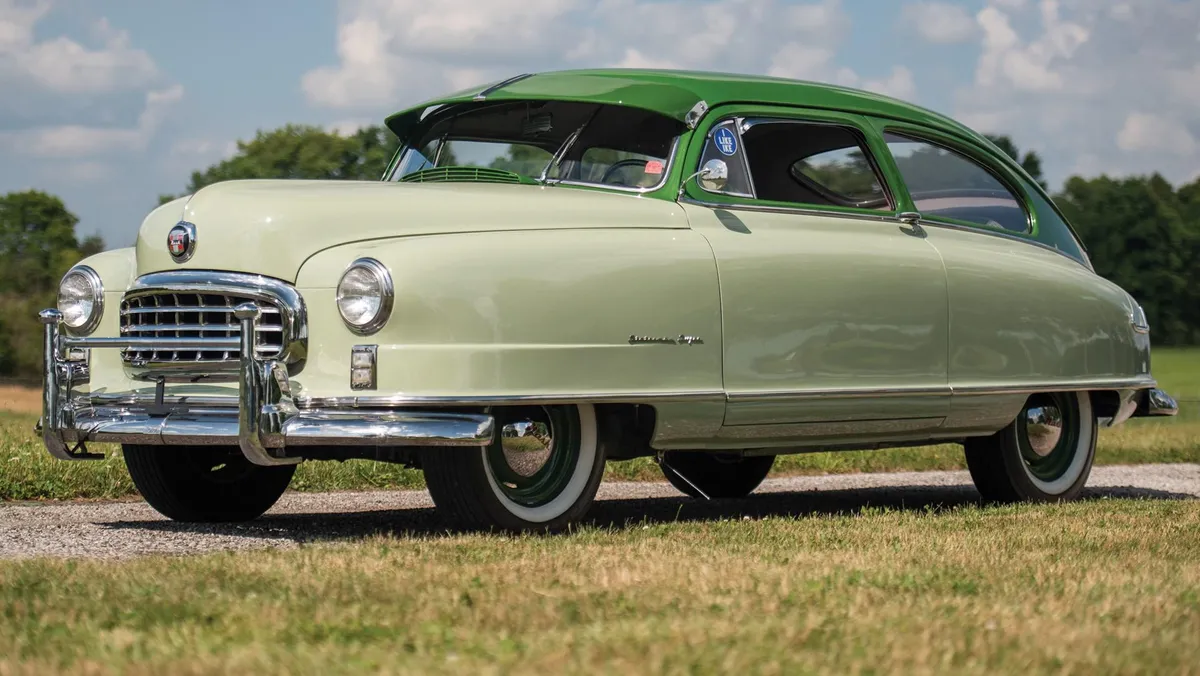
The 1950 Nash Airflyte earned widespread ridicule for its bathtub styling. The enclosed wheels turned simple tire changes into lengthy repair jobs, infuriating owners and mechanics alike. Poor ventilation created greenhouse-like conditions in summer, overwhelming the primitive air conditioning system. The car’s width made it difficult to park in older urban areas, while the turning radius frustrated drivers in tight spaces. Nash’s focus on aerodynamics produced a design that many Americans found embarrassing to own, leading many Airflytes to early dates with the scrapyard.
1950 Nash Airflyte (Interior)
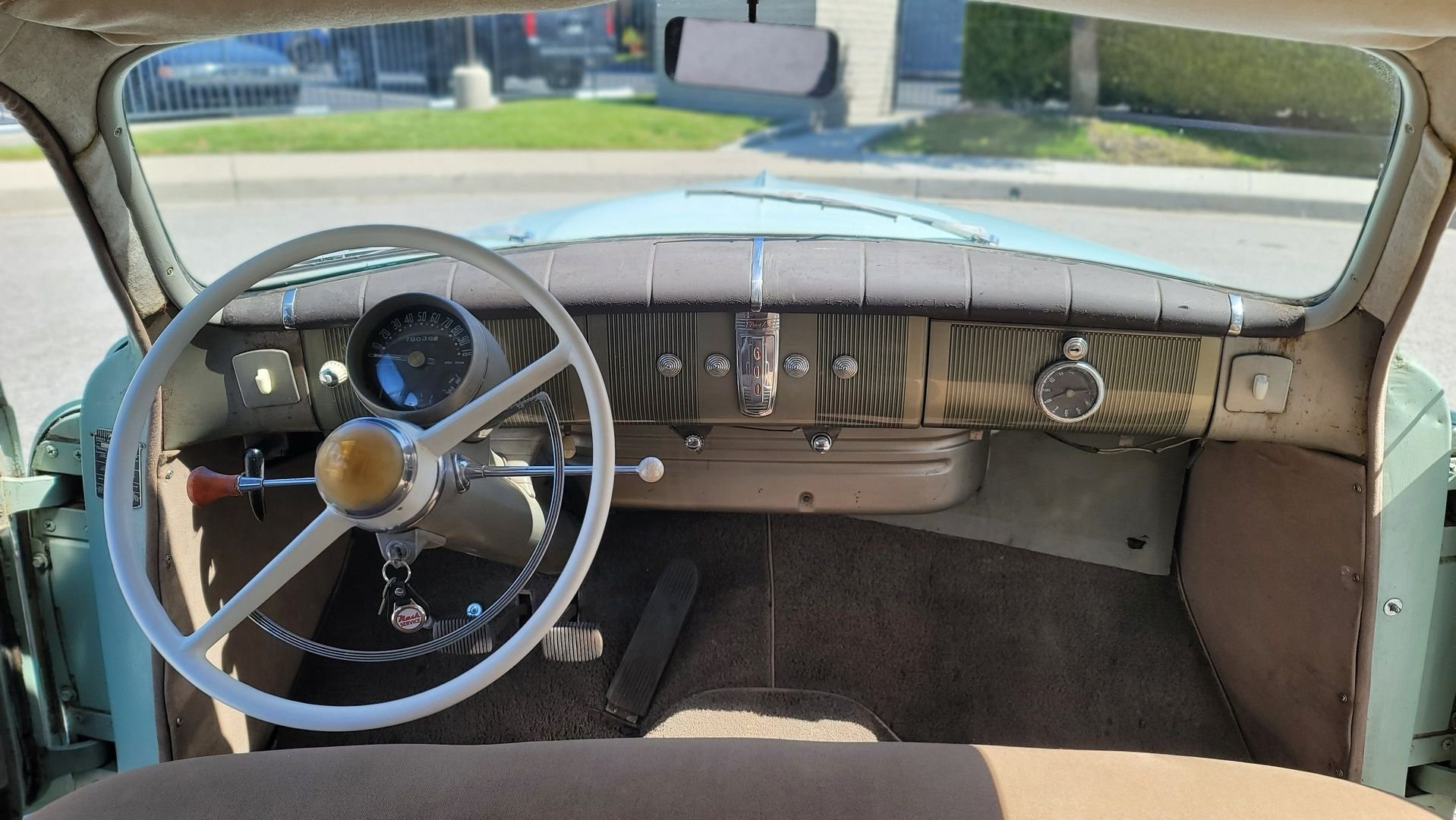
The 1950 Nash Airflyte interior suffered from its focus on convertible seating. The fold-flat seats, while innovative, developed mechanism problems that left them stuck in various positions. Poor ventilation created a greenhouse effect that overwhelmed the primitive air conditioning. The curved windshield distorted vision at the edges, creating blind spots in urban driving. Nash’s choice of seat materials trapped heat and moisture, making summer drives uncomfortable.
1. 1955-1956 Packard Clipper (Exterior)

The 1955-1956 Packard Clipper marked the final gasp of a once-prestigious luxury brand. Packard’s desperate merger with Studebaker left the Clipper with outdated chassis components and failing suspension systems. The torsion-level suspension, while innovative, frequently broke down and left cars sitting at odd angles in driveways across America. Dealers couldn’t stock enough parts to service the complex suspension system, leaving owners stranded for weeks. Most damaging to sales, buyers quickly realized the Clipper shared too many parts with cheaper Studebakers, destroying Packard’s luxury reputation. The rushed engineering and quality control issues created warranty costs that accelerated Packard’s demise.
1955-1956 Packard Clipper (Interior)
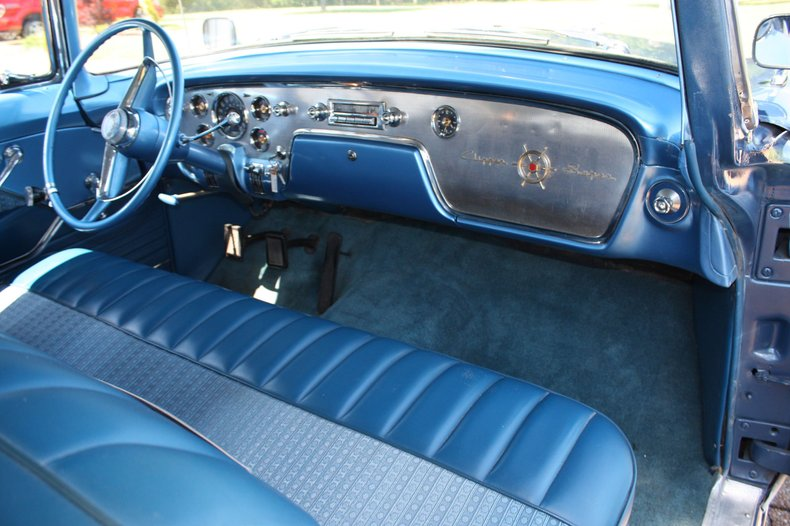
The 1955-1956 Packard Clipper interior failed to match the luxury standards expected from the brand. The dashboard chrome plating often peeled within months of delivery, creating sharp edges. Studebaker-sourced switches and controls felt flimsy compared to previous Packard quality standards. The power window mechanisms frequently failed, requiring expensive repairs. Packard’s attempt to modernize the interior design resulted in a confused mix of traditional and contemporary elements that satisfied neither traditional nor new buyers.

